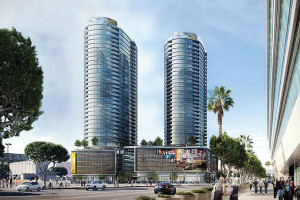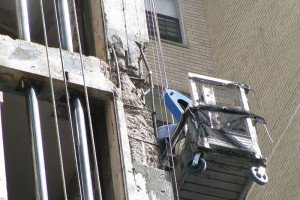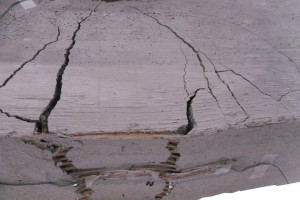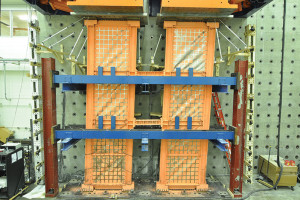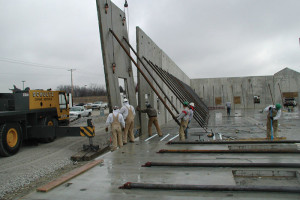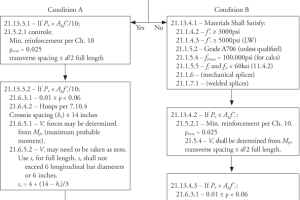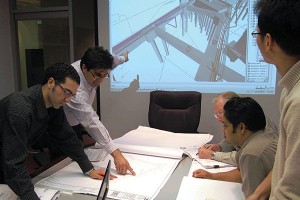New Technologies Push Strengths to New Heights
As recently as 25 to 30 years ago, the steadily increasing availability of concrete with compressive strengths above 6,000 psi had the industry’s rapt attention. Back then, in many regions, strengths this high were considered revolutionary. Some people even questioned the need. …

